

Grass Snake
Natrix helvetica
Grass Snakes have a yellow neck collar (although this may be missing on elderly females) and a body of dark green or brown. The underside is whitish with irregular blocks of black. They grow up to one metre long or occasionally a bit longer which makes them Britain's largest snake species. When cornered they hiss and if that fails to scare an intruder away they may pretend to be dead. When handled evil-smelling fluid is released from anal glands and stomach contents are regurgitated as a defence mechanism. Young hatch from eggs; the temperature must be at least 21 degrees C. for successful hatchings. Hibernation occurs from October to February under logs, in leaf litter and compost heaps. Grass Snakes have a special liking for wetland habitats where they are often found basking or swimming. They are strong swimmers and enter water to hunt amphibians and fish. Snakes regularly moult their skins by rubbing against rough surfaces resulting in the whole outer layer of epidermis being discarded. An intact moult can be double the length of the actual snake it came from due to the way it is wrapped around body scales. The multilayered skin needs to be tough because snakes have no limbs to raise their bodies from the ground and it has to cope with abrasive surfaces as they slither along.
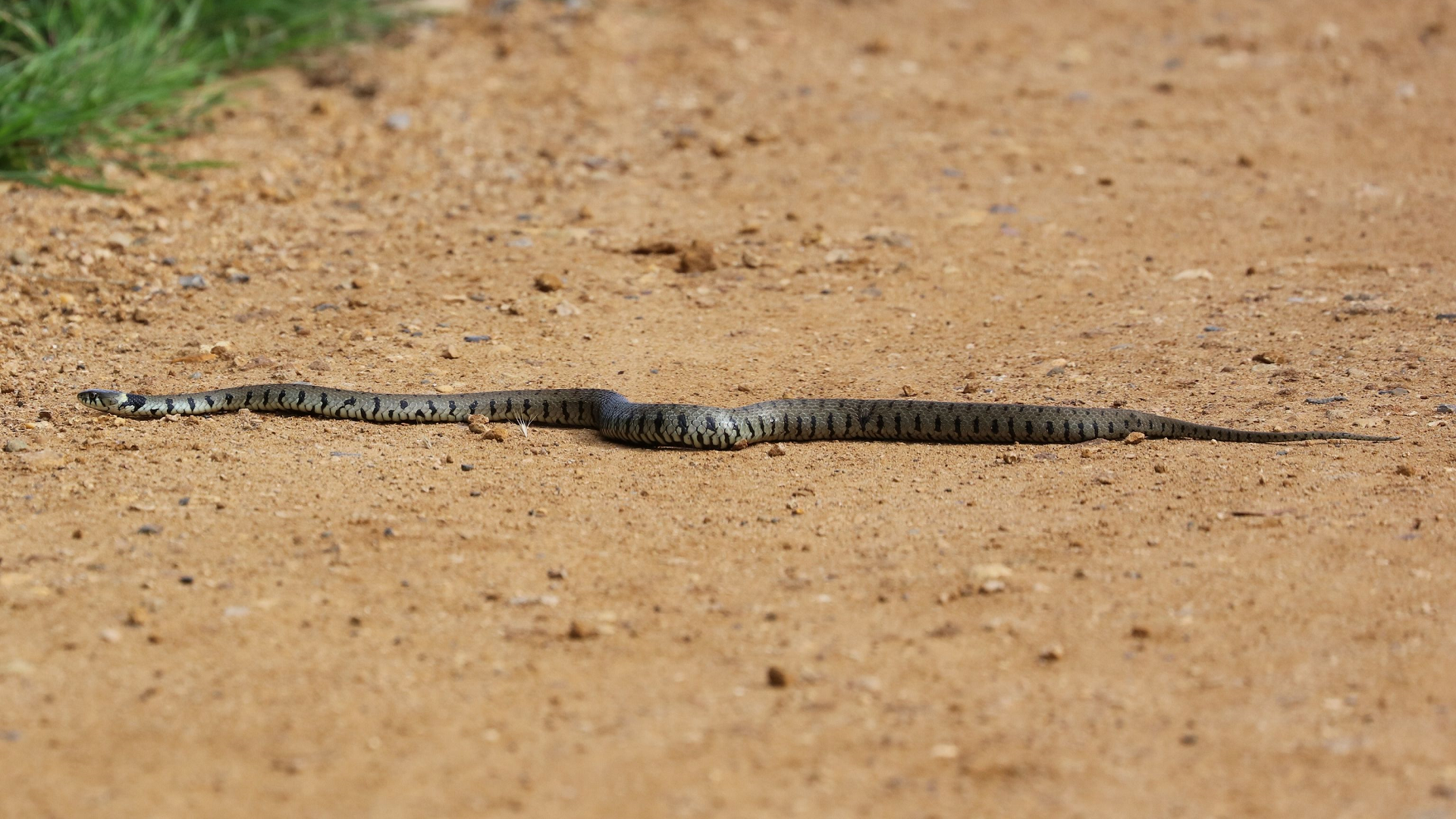
© Michael Trump TQ4792 21/07/2023
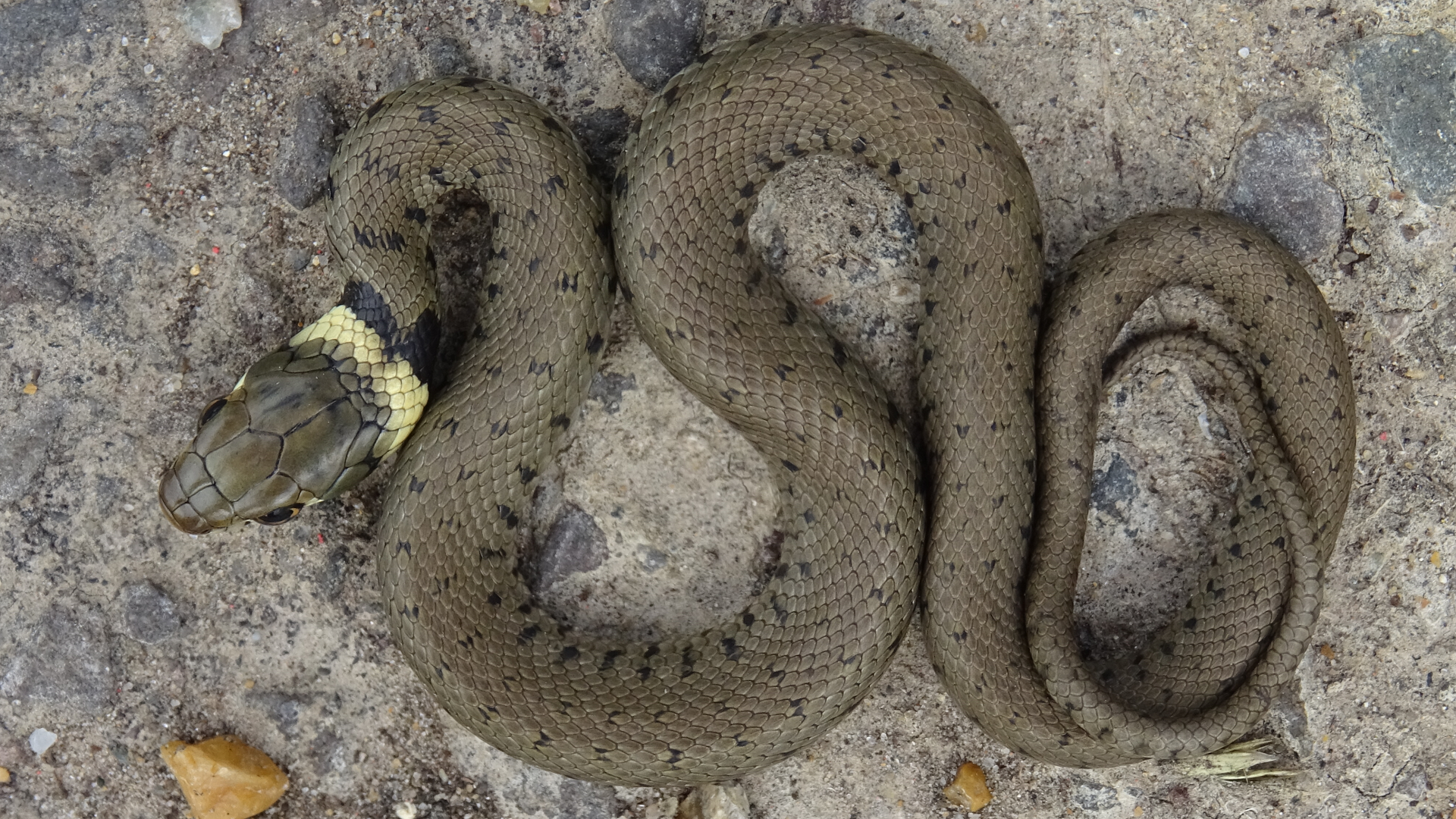
© Raymond Small TQ4792 01/07/2023
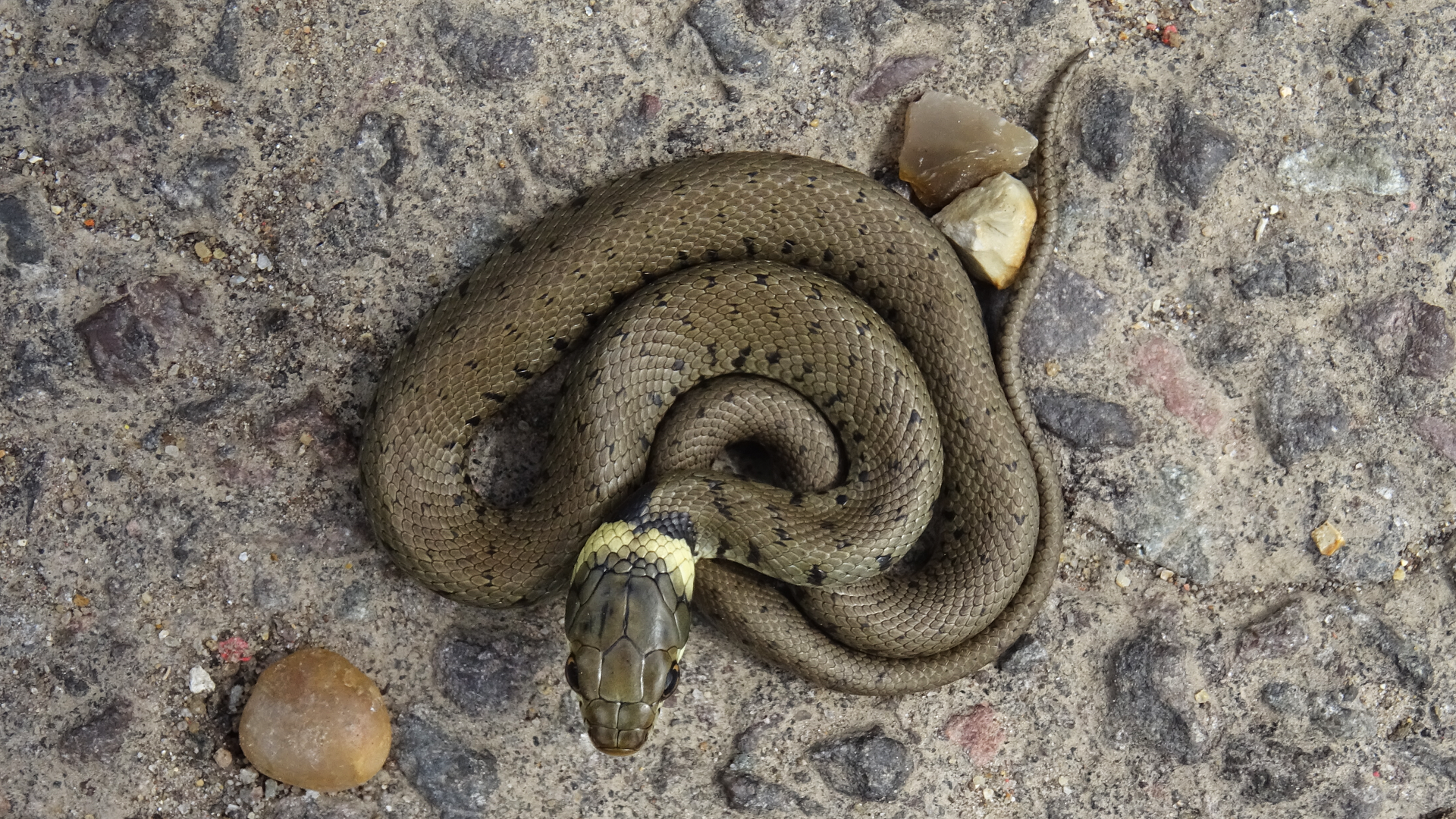
© Raymond Small TQ4792 01/07/2023
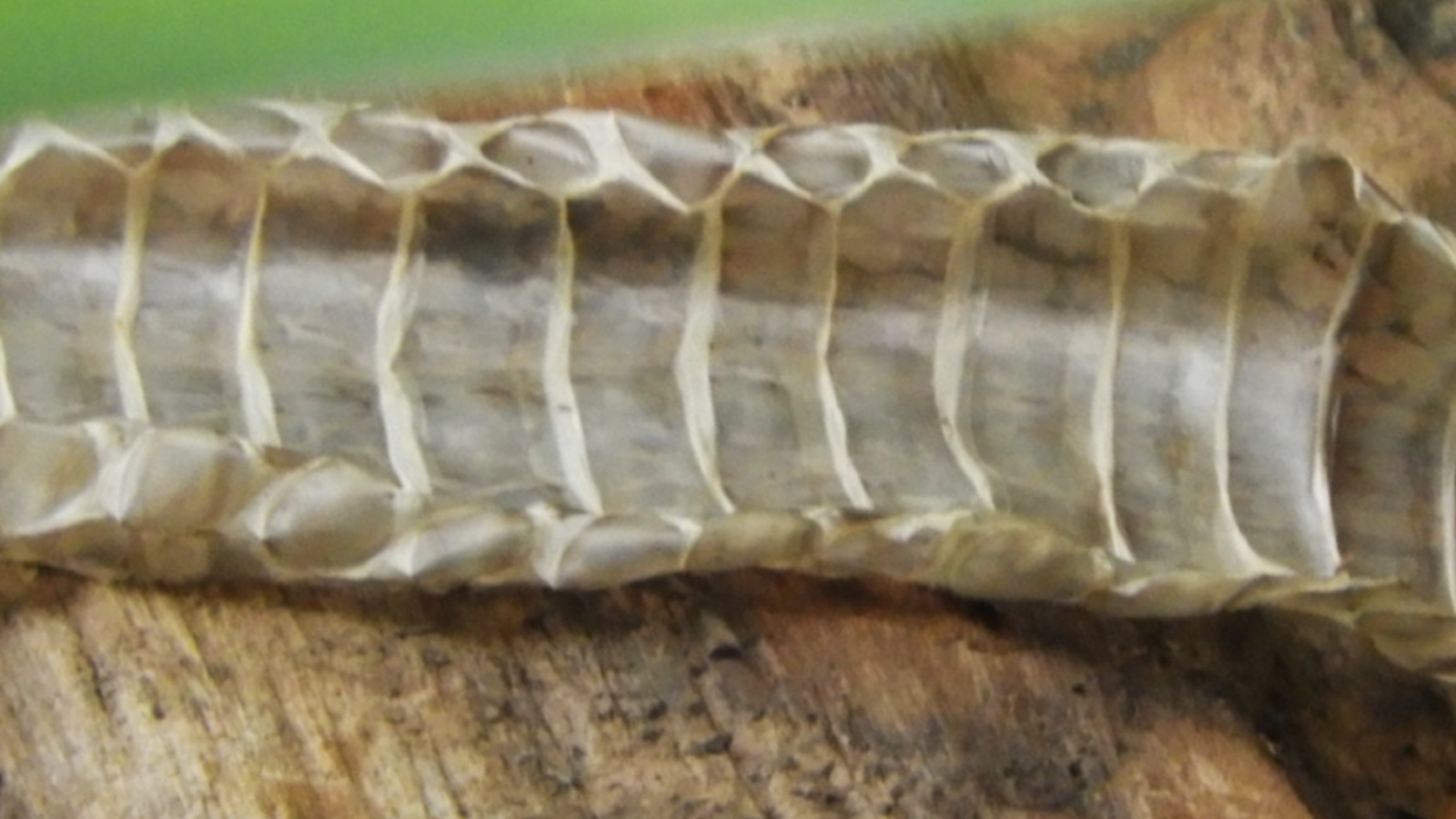
© Debi H TQ4589 21/08/2022
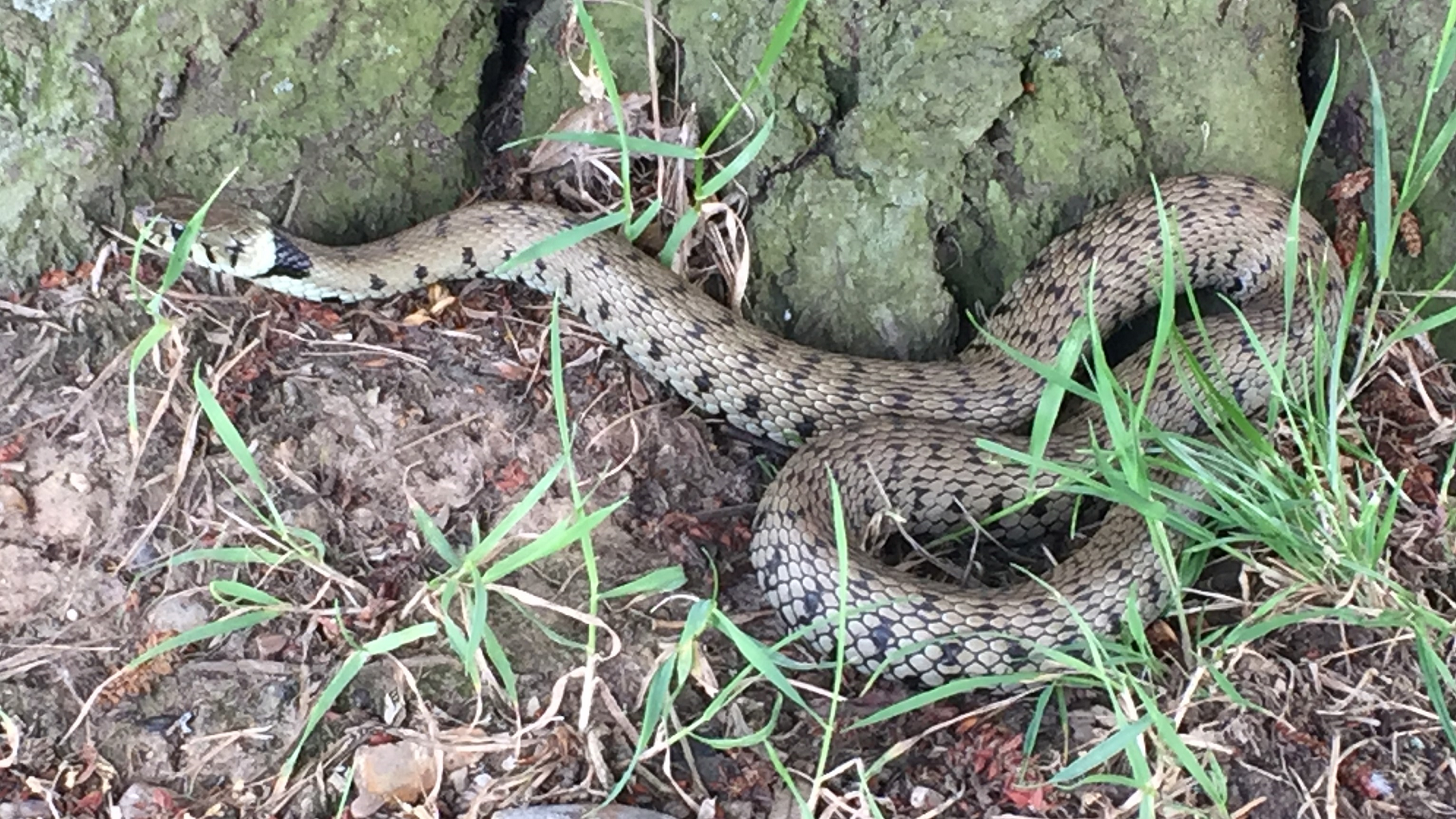
© Martin Bell TQ4792 02/06/2017
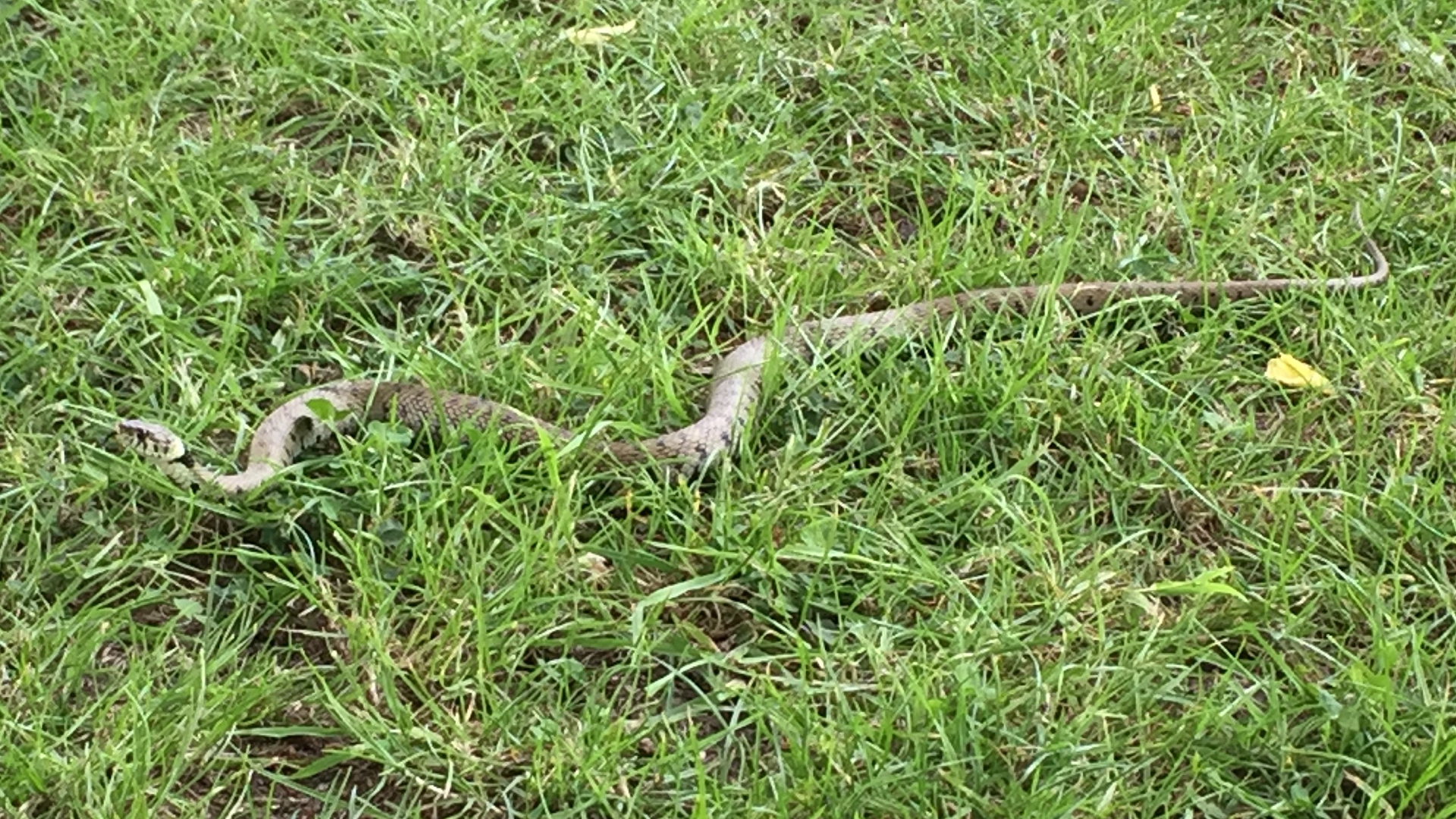
© Martin Bell TQ4792 02/06/2017

Thank you to Linda for sending a picture of a Grass Snake her friend Janet took on Chigwell Row Common a few weeks back. Grass Snakes are harmless and can be easily identified by the yellow neck collar.